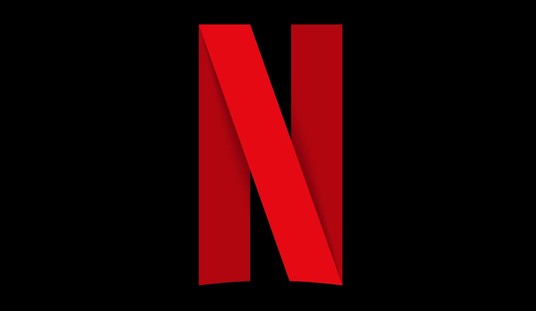I’m as excited as any gadget fiend by the news and rumors surrounding Amazon’s not-so-hush-hush new tablet. I love my Kindle, and can’t wait to see what more they have planned. But some of the talk strains credulity. Here’s what BYTE is peddling:
Look for our breaking coverage of Amazon’s new tablet – and how it relies on its existing Whispersync synching service and WIFI free Whispernet cellular-based network — later today in a story by me and BYTE’s executive news editor Eric Mack.
“Free, cellular-based, contract-free connections will give the new Amazon tablet an unusual feature that will appeal to a lot of people. They can just look at the [Amazon Tablet] and say, Yep, I’ve got a signal,” an analyst told BYTE. “Tablet users will be able to buy stuff with no monthly charges and with everything integrated with Cloud Drive, Amazon’s Store and other features. It’s a simplicity thing.”
So I went to BYTE’s home page to see what the other breaking Super Kindle story was, and fished up this bit:
The tablet is rumored to ship in a nine-inch form factor. Whispersync essentially turns the future tablet–or a Kindle–into a WiFi-free cell device that uses Cloud Drive to share and sync huge volumes of rich media, including books, music, photos and video, sources told BYTE.
Let’s look at the economics of the current Kindle.
For $139, (or $114 with “special offers,” or “ads”) you can have a Kindle with WhisperSync — that works over your WiFi. For an additional $50, you get 3G connectivity, anywhere in the world, “at no extra charge.”
And what is that 3G good for? Mostly, for buying books. Yes, you can browse the web on your Kindle, but you really don’t want to. The experience is so awful that even Amazon has hidden the browser under a menu called “Experimental.” You can use your 3G to download newspapers and magazines and text-only versions of certain websites. But you still have to pay for the newspapers and magazines and the websites. And if you travel abroad, that “no extra charge” will cost you an extra five bucks a week for as long as you’re on the beach.
I’m not complaining. I didn’t complain back in May when I got hit up for the extra money. It was still worth it to have my Kindle and my 3G down on the Mayan Riviera. Cheap, actually.
But you do need to know what your $50 really buys you: The ability to buy books — rarely bigger than a single megabyte each — anywhere in the world. Anything more than that is going to cost you more than that.
Let’s keep that in mind when we look at BYTE’s fantastic tale about what the Super Kindle will do for you. Let’s go back to that unnamed analyst who claimed:
Free, cellular-based, contract-free connections will give the new Amazon tablet an unusual feature that will appeal to a lot of people. They can just look at the [Amazon Tablet] and say, Yep, I’ve got a signal. Tablet users will be able to buy stuff with no monthly charges and with everything integrated with Cloud Drive, Amazon’s Store and other features. It’s a simplicity thing.[Emphasis added]
That same $50 3G upgrade is going to sync endless gigabytes of music and video for you?
I don’t think so.
My 3G iPad has an unlimited data plan, too — for $30 a month. And you can’t get that plan anymore. Except for those lucky enough to be grandfathered in, unlimited data has gone the way of the dodo — and not just for iPads and iPhones.
Or maybe the analyst never meant to imply that the Super Kindle wouldn’t have a one-time, up-front price for unlimited 3G. If not, then what is the “unusual feature?” Most iPad buyers already opt for the 3G model, and have since it debuted back in May of last year. If anything, Amazon is even later to the party than, well, everybody but Sony.
That’s not to say Amazon is going to produce yet another Android tablet nobody wants to buy. Take Amazon’s unbeatable online shopping experience and combine it with 3G and CloudDrive, and we will — finally! — see a tablet able to compete with Apple’s wares. But if you think you’ll pay an extra $50 or even $100 upfront and be connected everywhere, all the time — then you’re as gullible as the folks at BYTE.
Before it folded, BYTE was the go-to magazine for Super Genius level tech reporting. But its relaunch effort is off to a very shaky start.










Join the conversation as a VIP Member